
At 9 years old, Raven Delfina Otero-Symphony wanted to be an astronaut. As a fourth-year statistics student at the University of New Mexico, Albuquerque, she still dreams of working for NASA—but as a statistician. You might be surprised to learn that she spent high school and her first semester of college preparing for a career in music, convinced that science and mathematics weren’t for her.
Strings to Stats
Raven enjoyed and excelled in both STEM and humanities classes as a child. As she got older, her interest in STEM wasn’t encouraged, and she began to believe she “just wasn’t a science person.” She concentrated on music because she felt very supported in that pursuit. She played the viola—a stringed instrument slightly larger and deeper in tone than a violin—and performed in symphonies throughout high school.
Continue reading “From Music to Mathematics: MARC Scholar Pursues Career as Biostatistician”

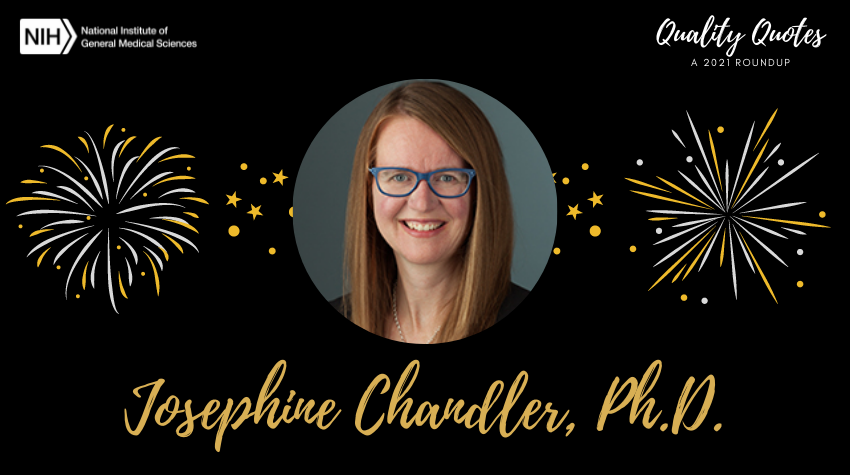
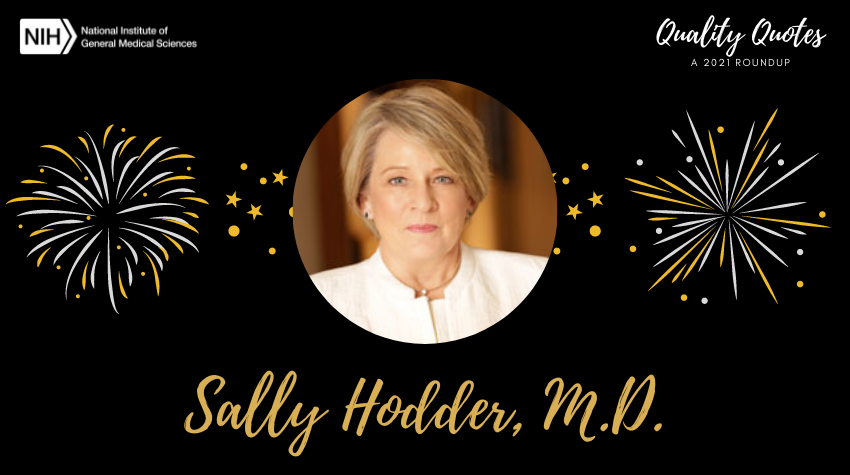
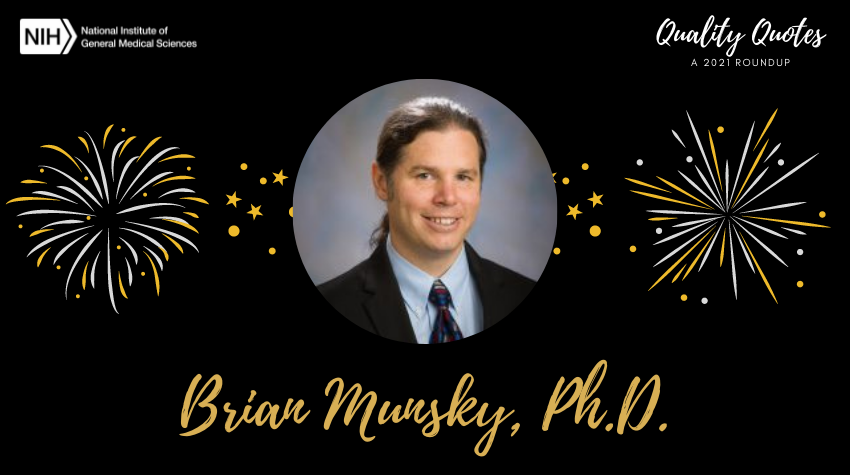
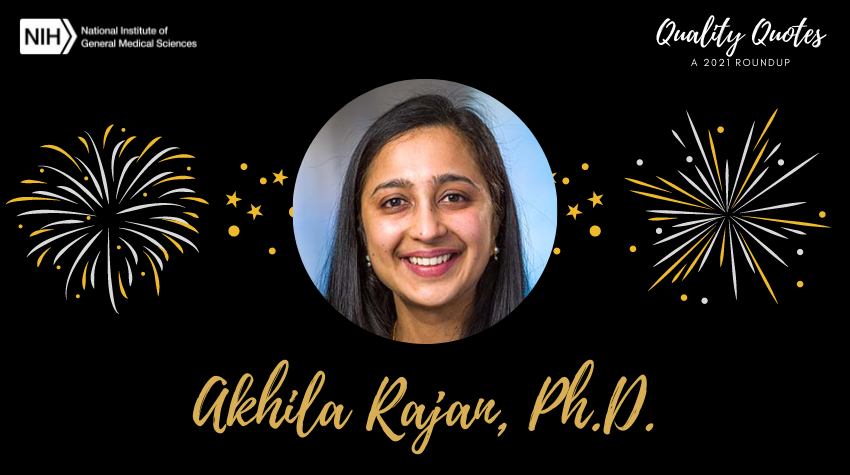
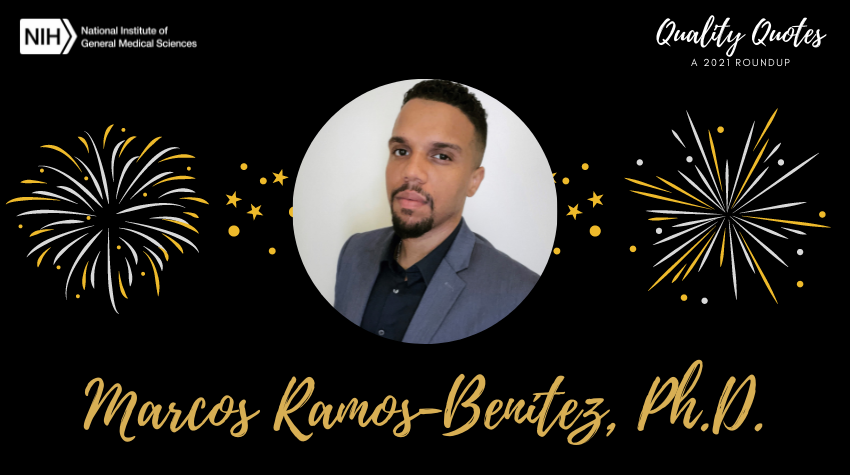
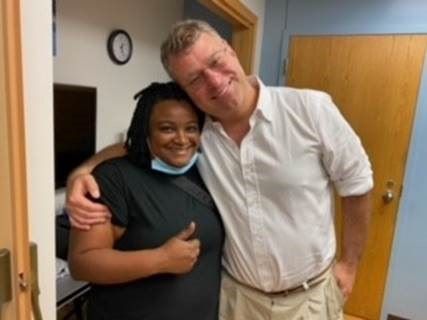 Dr. Darden with her mentor, Dr. Philip Efron. Credit: Courtesy of Lyle Moldawer, Ph.D.
Dr. Darden with her mentor, Dr. Philip Efron. Credit: Courtesy of Lyle Moldawer, Ph.D.
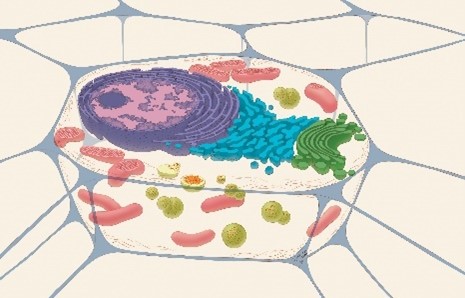
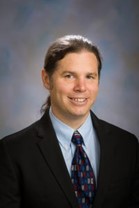 Dr. Brian Munsky. Credit: Colorado State University.
Dr. Brian Munsky. Credit: Colorado State University.
 Dr. Akhila Rajan. Credit: Fred Hutchinson Cancer Research Center.
Dr. Akhila Rajan. Credit: Fred Hutchinson Cancer Research Center.
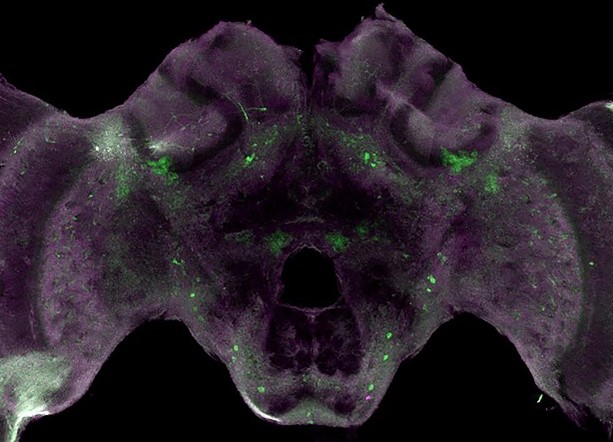
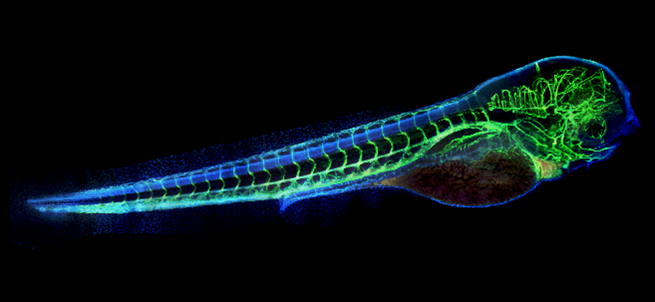
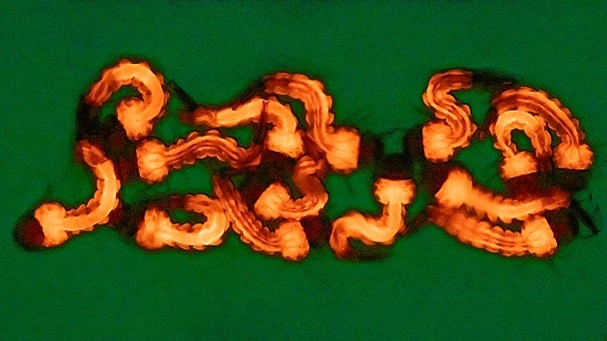
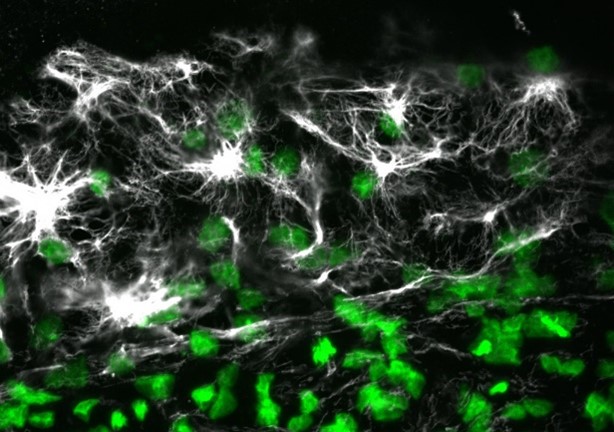
 Credit: Adapted from Compound Interest.
Credit: Adapted from Compound Interest.